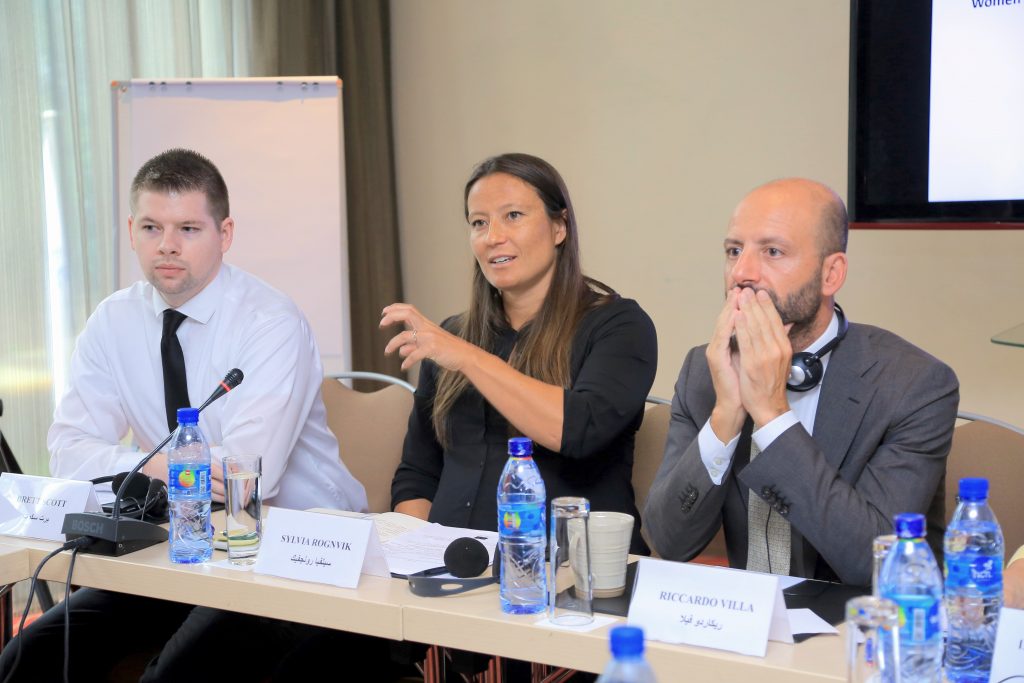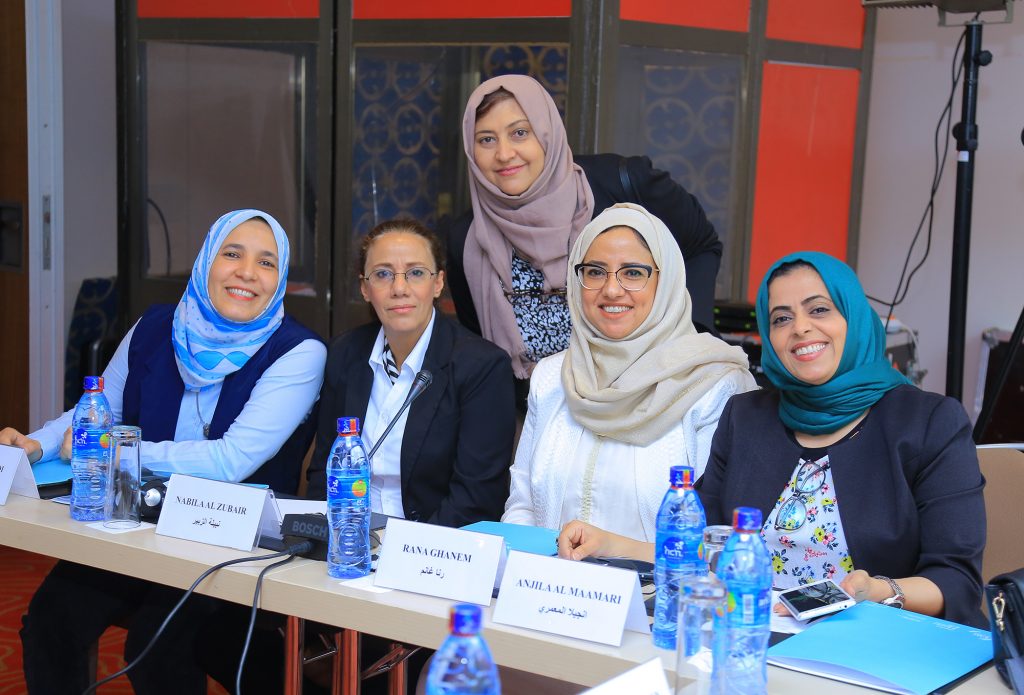Bringing a glimmer of hope for Yemenis
The challenges facing Yemen are of such a scale that they require a multitrack approach to peacemaking. CMI’s work supports broader participation of key groups in the peace process.

The Kawkaban Fortress in the north-western part of Yemen is one of many UNESCO world heritage sites that have been entirely destroyed by the war. Photo: Sylvia Thompson/CMI.
After 5 years of devastating war, Yemenis are on the brink. Over 100 000 people have died. With 80 per cent of the population in need of aid, the situation in Yemen has become the largest humanitarian crisis in the world.
The peace process remains stalled. Peacemaking efforts have to deal with the intense complexity of the conflict and deep mistrust between conflict parties. Despite the extremely difficult situation, in 2019 CMI was able to bring a glimmer of hope to Yemenis by establishing channels of communication and making steps towards building trust among key conflict parties, and by helping them to identify options to the peace agreement and the ensuing transitional period. These proposals were channeled into the official UN-led peace process.
“I think our work had a clear added value. Still, Yemen is at the moment at a place where much more is needed to achieve peace,” explains CMI’s Yemen Project Manager Sylvia Thompson.

Deeproot Consulting’s Project Manager Brett Scott, CMI’s Senior Manager Sylvia Thompson and the Deputy Head of Mission to the EU Delegation to Yemen Riccardo Villa at a meeting in Addis Ababa, Ethiopia. Photo: Ephrem Shiferaw.
Key groups became less antagonistic towards each other both in behaviour and language
CMI’s work in Yemen aims to fill gaps in the official UN-led peace process. The UN-led process is a top-down endeavour that focuses on the main conflict parties and on completing the implementation of different agreements that are currently stalled. However, it has become increasingly evident that the challenges facing Yemen are of such a scale that they cannot be addressed by a single process. The country is highly fragmented. The multiplicity of domestic and regional forces engaged and their complex allegiances requires a multi-track approach in peacemaking. Coordinated and parallel efforts are needed for reducing fighting and finding solutions through complementary ceasefires and peace agreements, operating in support of the official peace process.
CMI’s work supports the broader inclusion and participation of key groups in the peace process and the ensuing transitional period. One of CMI’s core principles, inclusion is meant to ensure the sustainability of the peace process, broad-based consideration of the various conflict drivers, and the discovery and development of potential solutions.

“The complexity in Yemen requires a much broader approach than the official peace process can offer. We have worked towards bringing together parties that are not represented in the official talks. As we move forward this year, we will emphasise the element of inclusion even more, by focusing specifically on women, tribal leaders and political parties, which are key groups that need to be included in the peace process,” says Thompson.
With CMI’s help, channels of communication between key stakeholders increased during 2019. Among these actors were the main conflict parties: the Houthis and the internationally recognised government (IRG), as well as tribal leaders, political parties, representatives of the Southern Movement, and women. The involved groups became less antagonistic towards each other both in behaviour and language.
For instance, the aforementioned groups came together to identify elements that have not been addressed in the peace process, and options for local security arrangements, reconciliation and governance. These meetings produced concrete inputs, related to the peace agreement and the ensuing transitional period, that were later fed into the official peace process.
“For instance, we focused on demystifying the concept of reconciliation. Yemenis in general tend to interpret reconciliation as accountability, but we discussed it more as a process and something that can be initiated at the local level. Small, local reconciliation efforts that can be later built on and feed into a larger national process,” describes Thompson.

From left: Maeen al Abeidi, Nabila al Zubair, Rana Ghanem, Anjila al Maamari and Dr. Bilkis Abu Osba (in the back) participated in a workshop in Addis Ababa identifying options and early areas of consensus related to the peace process and the transitional period. Photo: Ephrem Shiferaw.
Influential Yemeni women provided substantive inputs to the peace process
Separately, CMI brought together influential Yemeni women to strengthen women’s role in peacemaking and in broader decision-making processes. The women provided substantive inputs to the peace process and transitional period.
Women in Yemen play important roles in bridging tribal, religious and political divides, given their particular social roles, shared status as women, and as key influencers of youth. Women are also better placed to build peace in Yemen, because they are not involved in the game of politics like men, explained Wahbia Ahmed Sabrah, Vice President at the Center for Yemeni Studies and Research.
“Women can inform politics and social affairs more than men, who are unable to do so due to interests that govern men and prevent them from being as honest as women. This is why working with women in Yemen is of paramount importance.”
The article was published in our Annual Report 2019.